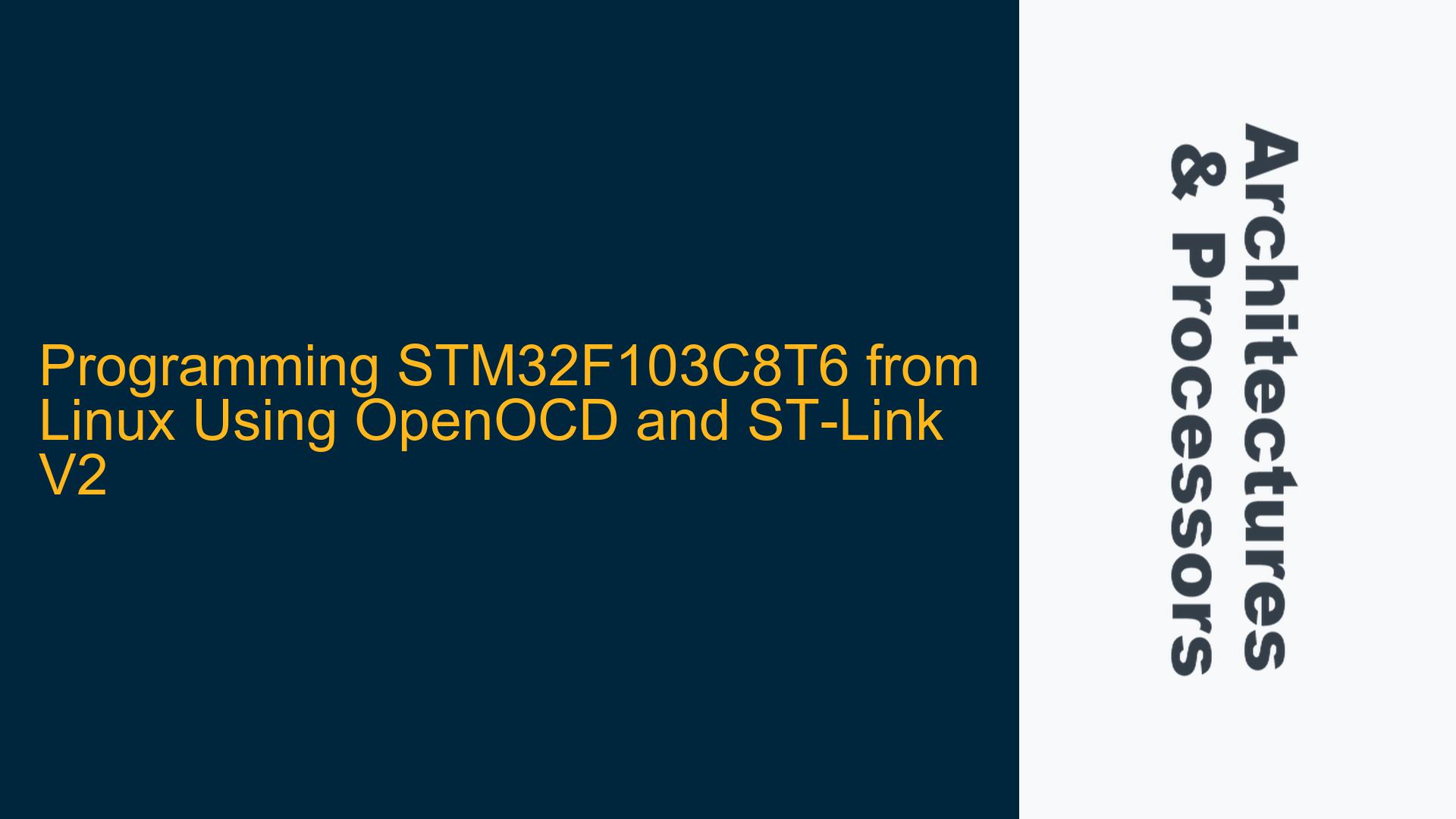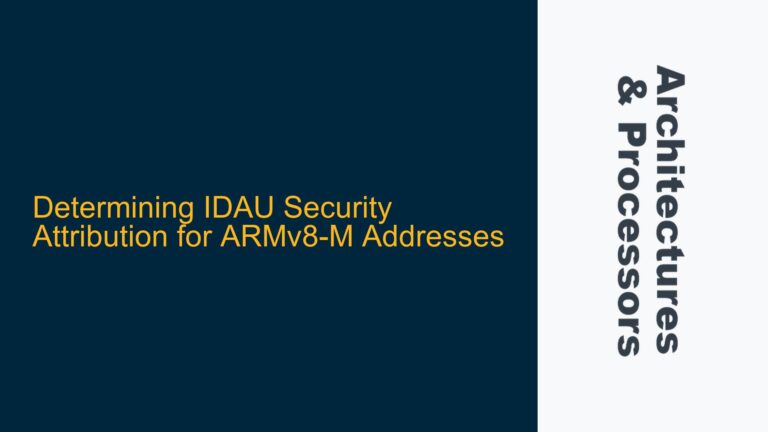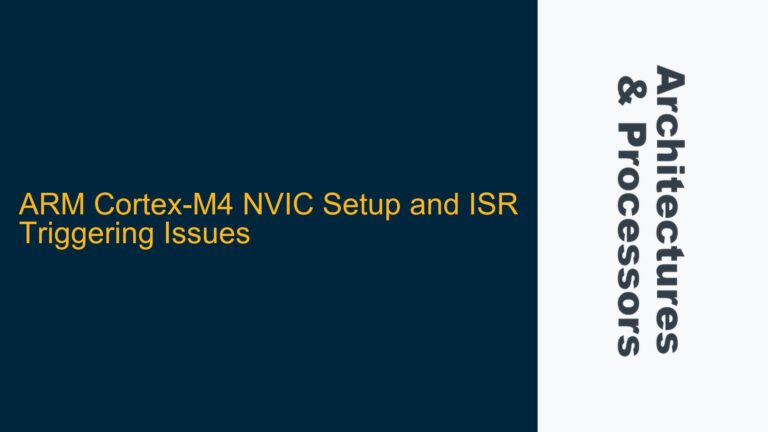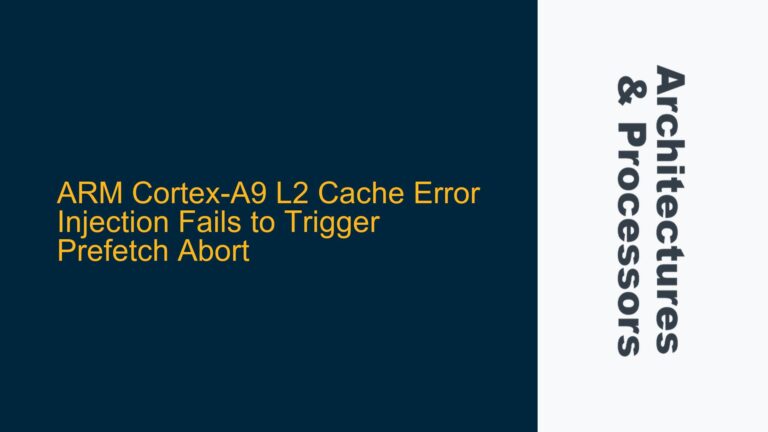ARM Cortex-M3 Flash Programming Challenges on Linux
When working with ARM Cortex-M3 microcontrollers like the STM32F103C8T6, one of the most common tasks is programming the device with firmware. While Integrated Development Environments (IDEs) provide a convenient "Program Target" button, developers working on Linux often prefer command-line tools for greater control and flexibility. The STM32F103C8T6, based on the ARM Cortex-M3 architecture, requires specific considerations for flash programming, including communication protocols, memory mapping, and toolchain integration. The absence of a graphical interface on Linux necessitates a deep understanding of the underlying tools and their configurations.
The primary challenge lies in setting up a reliable and efficient workflow that includes compiling the firmware, linking it correctly, and flashing it onto the target device. This process involves multiple components, such as the GNU Arm Embedded Toolchain for compilation, OpenOCD for debugging and flashing, and the ST-Link V2 programmer for hardware interfacing. Each of these components must be configured correctly to ensure seamless operation. Misconfigurations or missing dependencies can lead to failed programming attempts, cryptic error messages, or even hardware communication issues.
Toolchain Integration and Hardware Communication Protocols
The core issue revolves around the integration of the GNU Arm Embedded Toolchain with OpenOCD and the ST-Link V2 programmer. The GNU Arm Embedded Toolchain provides the necessary compiler, assembler, and linker for generating the firmware binary. OpenOCD acts as the bridge between the toolchain and the hardware, facilitating communication with the STM32F103C8T6 via the ST-Link V2 programmer. The ST-Link V2 uses the Serial Wire Debug (SWD) protocol, a two-wire interface that includes a clock line (SWCLK) and a bidirectional data line (SWDIO). This protocol is essential for debugging and programming ARM Cortex-M devices.
One of the primary causes of programming failures is the misconfiguration of OpenOCD. OpenOCD requires a configuration file that specifies the target device, the interface (ST-Link V2), and the communication parameters. If this configuration file is incorrect or missing, OpenOCD will fail to establish a connection with the STM32F103C8T6. Additionally, the ST-Link V2 driver must be installed and properly configured on the Linux system. While recent versions of Ubuntu include OpenOCD in their package repositories, the included version may not support all features required for the STM32F103C8T6, necessitating a manual build from source.
Another potential cause of issues is the incorrect handling of the firmware binary. The GNU Arm Embedded Toolchain generates an ELF file, which contains the compiled code, debug information, and memory layout. However, the STM32F103C8T6 requires a binary file in a specific format for flashing. The toolchain provides utilities like objcopy to convert the ELF file into a binary file, but incorrect usage of these utilities can result in a binary that cannot be programmed onto the device.
Configuring OpenOCD and ST-Link V2 for Reliable Firmware Flashing
To address these challenges, the first step is to ensure that the GNU Arm Embedded Toolchain is correctly installed and configured. This involves downloading the toolchain from the official ARM website and adding it to the system’s PATH. Once the toolchain is set up, the next step is to install OpenOCD. While the version available in the Ubuntu repositories may suffice, it is recommended to build OpenOCD from source to ensure compatibility with the STM32F103C8T6 and the ST-Link V2 programmer. Building OpenOCD from source requires installing dependencies such as libusb-1.0 and libftdi, followed by cloning the OpenOCD repository and compiling it.
After installing OpenOCD, the next step is to create a configuration file for the STM32F103C8T6. This file should specify the target device and the interface. An example configuration file for the STM32F103C8T6 and ST-Link V2 might look like this:
source [find interface/stlink-v2.cfg]
source [find target/stm32f1x.cfg]
This configuration file tells OpenOCD to use the ST-Link V2 interface and target the STM32F103C8T6 microcontroller. Once the configuration file is ready, OpenOCD can be started with the following command:
openocd -f stm32f103c8t6.cfg
This command launches OpenOCD and establishes a connection with the STM32F103C8T6 via the ST-Link V2 programmer. With OpenOCD running, the next step is to flash the firmware onto the device. This can be done using the telnet interface provided by OpenOCD. The following commands can be used to erase the flash memory and program the firmware:
telnet localhost 4444
> reset halt
> flash write_image erase firmware.bin 0x08000000
> reset
These commands connect to the OpenOCD server, halt the microcontroller, erase the flash memory, write the firmware binary to the specified address, and reset the device. It is crucial to ensure that the firmware binary is correctly generated using the objcopy utility. The following command can be used to convert the ELF file into a binary file:
arm-none-eabi-objcopy -O binary firmware.elf firmware.bin
This command generates a binary file named firmware.bin from the ELF file firmware.elf. The binary file can then be flashed onto the STM32F103C8T6 using the OpenOCD commands mentioned earlier.
In addition to these steps, it is essential to verify that the ST-Link V2 programmer is correctly recognized by the Linux system. This can be done by checking the output of the lsusb command, which should list the ST-Link V2 device. If the device is not listed, it may be necessary to install the appropriate drivers or troubleshoot the USB connection.
By following these steps, developers can set up a reliable and efficient workflow for programming the STM32F103C8T6 from Linux using OpenOCD and the ST-Link V2 programmer. This approach provides greater control and flexibility compared to using an IDE, making it an ideal solution for embedded systems engineers working on ARM Cortex-M3 microcontrollers.






